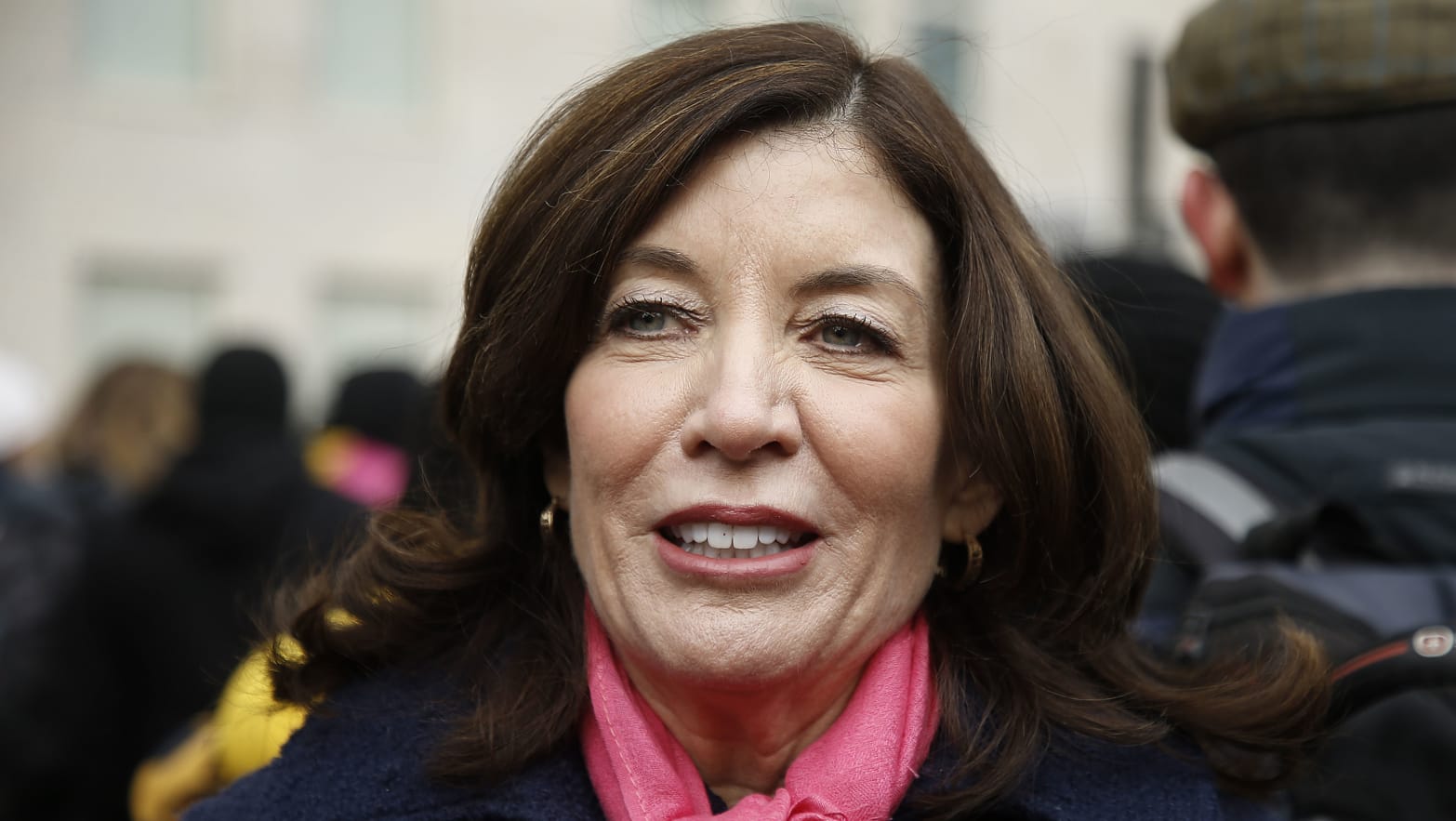“Hundreds of thank yous are not hundreds of tanks.”
 |
| T62 USED IN UKRAINE |
Ukrainian President Volodymyr Zelenskyy was typically blunt.
After thanking the United States for a $2.5 billion contribution of arms, atop $3 billion announced several weeks ago, he said: “Hundreds of thank yous are not hundreds of tanks.”
In an appearance on German television, he said: “If you have Leopards, then give them to us.”
American officials were clearly frustrated after their negotiations with the German government this week. Germany had begun by saying that it would send Leopard tanks, and authorize others to, if the United States sent its M-1 Abrams tank as well.
The United States declined, saying the tank is such a gas guzzler — it employs a jet engine — and requires such a supply line to keep running that it would not be useful in Ukraine’s environment. (The officials dodged questions about why a tank so difficult to operate on European battlefields is in the American arsenal.)
The British Challengers and German Leopards are more flexible and easier to run.
THEY TAKE DESIEL
But in public, Austin and others avoided criticizing Scholz, who in their view has managed the biggest reversal of German foreign policy — starting with the suspension of two pipelines bringing gas from Russia — quite skillfully.

Ukraine war: Can NATO tanks and training turn the tide?
Anna Mulrine Grobe
Mon, January 23, 2023
As the defense chiefs of 54 nations gathered Friday to chart the next steps forward in repelling Russia’s invasion of Ukraine, U.S. Defense Secretary Lloyd Austin reiterated the urgency of their mission.
“Russia is regrouping, recruiting, and trying to reequip,” he warned, urging colleagues to “dig deeper” in their efforts to bolster Kyiv’s defenses with weapons and training as the first anniversary of Russia’s war in Ukraine – and an expected spring assault – approaches.
He then patched in Ukrainian President Volodymyr Zelenskyy via video, who noted that the assembled Ukraine Defense Contact Group has done so much for his country that it would be “absolutely just” to tender “hundreds of thank-you’s.”
“But,” he added in a pointed proviso, “hundreds of thank-you’s are not hundreds of tanks.”
For days before – and after – the Ramstein meeting, the talk was of tanks: specifically whether the United States would greenlight its M1 Abrams for Ukraine. Such a move by the U.S. appears to be Germany’s tacit precondition for releasing its own Leopard 2 tanks, desperately desired by President Zelenskyy and his troops for their war effort.
Those tanks did not materialize at this meeting, though Poland vowed last week to send some of its own Leopards – never mind German arms export laws. The German foreign minister has signaled that Berlin won’t stand in Warsaw’s way.
Still, many military analysts say that such vehicles and more long-range firepower will ultimately be necessary. The new infusion of heavy weapons – and the intensive troop training that goes with them – buoys Ukrainian hopes of potentially turning the tide toward victory. At the very least, it raises the hope of Ukraine holding its own in the conflict’s next phase.
New equipment will continue to require “brutal prioritization” on the battlefield, however, says retired Gen. Frederick “Ben” Hodges, former commander of U.S. Army forces in Europe. And those sorts of decisions about how to distribute scarce resources, he adds, like everything about this war, “will be hard.”
Ukraine seeking firepower and mobility
The goal for the extensive – if accelerated – training that Ukrainian soldiers began this month is to give them the skills to penetrate Russian positions that have been hardening for months and, in some cases, years.
This will be particularly necessary in the face of a new round of Russian mobilizations, which will “probably bring a lot of new recruits into Ukraine in roughly April,” says Rafael Loss, coordinator for pan-European data projects at the European Council on Foreign Relations.
More than ever, Ukrainian soldiers “will need to be able to move around under fire, and for that, you need armored vehicles,” he notes, adding that up to this point, troops have often been using pickup trucks. “Any piece of shrapnel shreds the aluminum.”
To help avoid this, the U.S. last week promised, along with other armored personnel carriers, 59 Bradley Fighting Vehicles, renowned not only for their ability to protect soldiers but also – given the 7-foot-long gun barrels mounted to their turrets – for their considerable firepower.
Equally important to this latest arms package, military analysts say, is the training that will come with it. It will focus on how to maneuver the new vehicles while wielding existing weapons – known in military parlance as “combined arms” training – “as opposed to just pounding one another with artillery,” a senior defense official said in a briefing earlier this month. “Equipment is one thing. Using the equipment is another.”
The idea, ultimately, is to “change this dynamic that you see right now where it’s inches forward” on the front lines, Laura Cooper, deputy assistant secretary of defense for Russia and Ukraine, said in a Pentagon briefing this month. The point is to instead use the new vehicles, artillery, and other firepower together to “make greater progress on the battlefield and really push back on these Russian positions,” she added. “So that’s what we’re looking forward to seeing in the coming months.”
For NATO, the stakes involve not only aiding a democratic ally but also defending Europe more broadly against the threat posed by a more aggressive Russia under Vladimir Putin.
The new armored vehicles and other support are enough to equip the equivalent of two brigades of Ukrainian fighters, Chairman of the Joint Chiefs of Staff Gen. Mark Milley said at Ramstein Friday. Training on the Bradleys is now taking place in Germany.
Across the Atlantic, in Fort Sill, Oklahoma, Ukrainian soldiers are learning to operate Patriot missile defense systems, to allow them to shoot down incoming Russian air attacks. While such instruction can take up to one year, the U.S. Army is “expediting” this training for Kyiv to “several months.”
“The longer these troops are off the line,” Pentagon spokesman Brig. Gen. Patrick Ryder observed, “they’re not actually engaged in combat.”
Can you “maintain it, operate it, fuel it?”
Key to this operation will be Ukraine’s ability to keep these ever more powerful and complex vehicles and weapons systems running – and that will take practice, too.
Some of it will involve “tele-maintenance,” which is “exactly what it sounds like,” Ms. Cooper says. The near-rocket-scientist skill level required for repairs of the M1 Abrams has been the chief reason the Pentagon has raised for not giving Kyiv its much-coveted tank to date.
It’s “a very complicated piece of equipment,” Colin Kahl, undersecretary of defense for policy, has noted. “It’s hard to train on. It has a jet engine.” Plus, it uses “about three gallons to the mile with jet fuel.”
This could prove a disadvantage on the battlefield, says Brigadier General Ryder. “If I’m going to provide you with a piece of equipment, are you going to be able to sustain it, maintain it, operate it, fuel it? Is it going to be an albatross around your neck, so to speak?”
That said, Ms. Cooper acknowledged, “We absolutely agree that Ukraine does need tanks.”
For now, NATO allies are helping to refurbish Russian-made T-72 tanks for Ukraine, which currently has some 800 Soviet-era tanks on the battlefield, says retired Col. Mark Cancian, senior adviser at the Center for Strategic and International Studies, who has made a comprehensive study of armaments in the war.
One problem, however, is that “the production line for T-72 ammunition is really limited outside of Russia,” says Mr. Loss at the European Council on Foreign Relations. “And Russia is of course not going to sell that to Ukraine.”
Pressing Germany
Great Britain has provided 14 of its Challenger 2 tanks – widely seen as an effort to spur Germany to provide its widely lauded Leopard 2 tanks. But a dozen or so such tanks won’t turn the tide of battle, analysts say.
The benefit of the Leopard 2 tanks is that “there are enough out there, hither and yon, that you could cobble together numbers that are significant,” Mr. Cancian says. Ukraine would like at least 300 of them, and “you could definitely get 100,” which, he adds, “is enough to outfit a significant part of the Ukrainian armored force.”
Countries that use the Leopards would likely come together to build a coalition to supply the tanks as well, “ensuring a steady supply of ammunition and spare parts,” Mr. Loss says.
For these reasons, Germany is under heavy pressure to let their tanks go to Ukraine.
Secretary Austin was asked, repeatedly, at Ramstein whether Germany was showing “real leadership” in the war effort. “Yes,” he replied. “But we can all do more.”
Still, as the latest round of equipment and training flows into Ukraine, its soldiers build their skills. And as that happens, analysts point out, Kyiv is in an ever-better position to lobby President Joe Biden and other allied leaders for the big guns of their respective arsenals.
For this reason, it is likely not a matter of whether Kyiv will get more tanks, they add, but when.
“The Ukrainian people are watching us,” Secretary Austin said Friday. “The Kremlin is watching us. And history is watching us.”
















